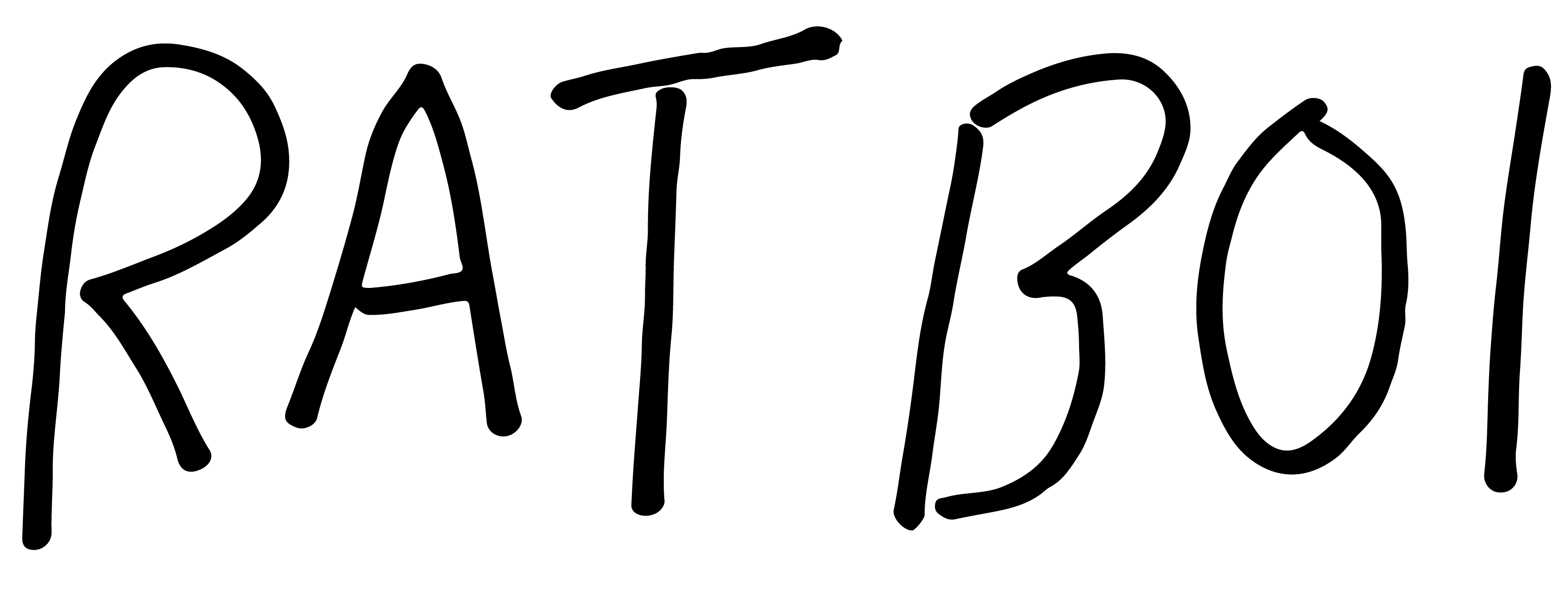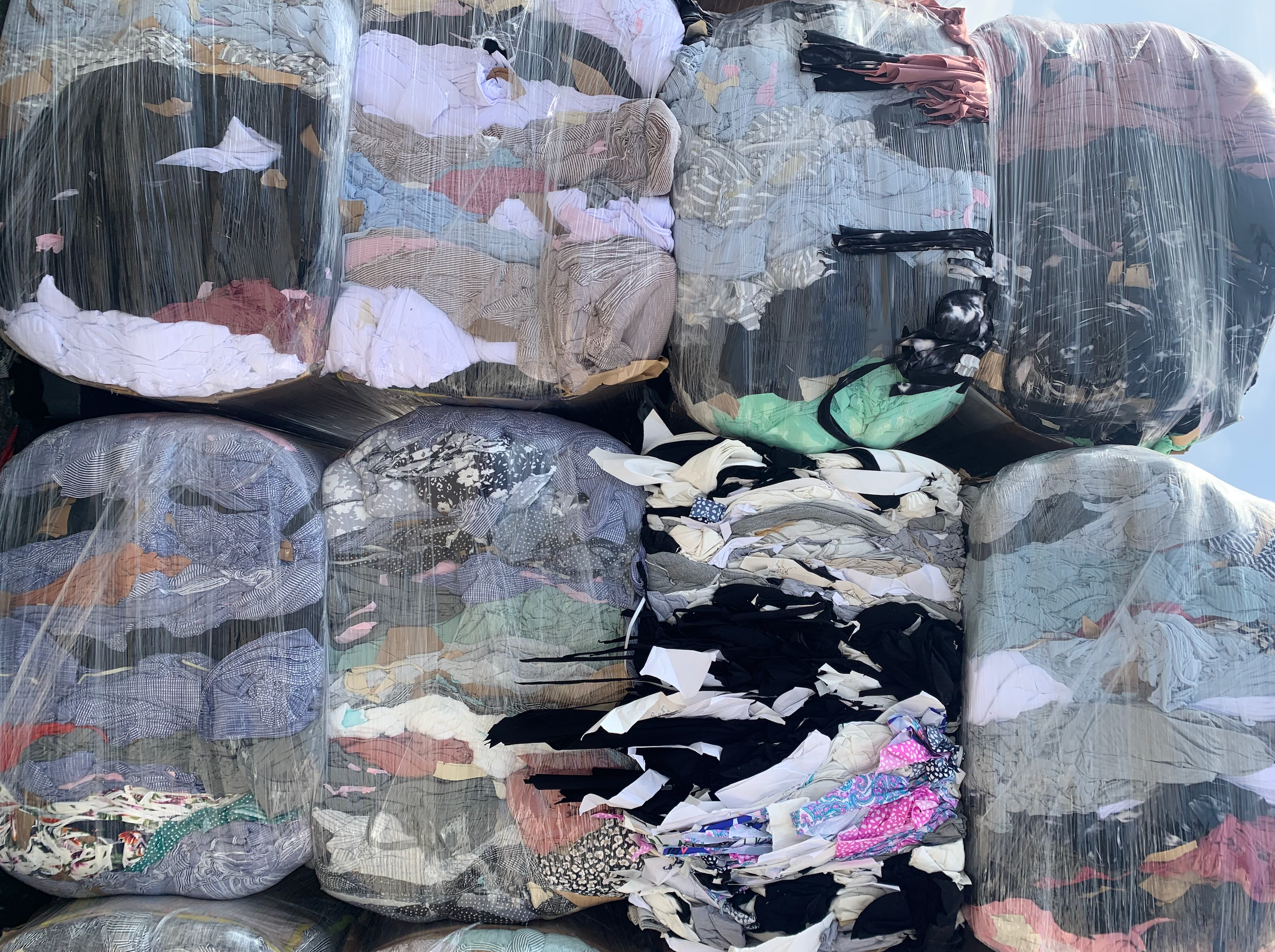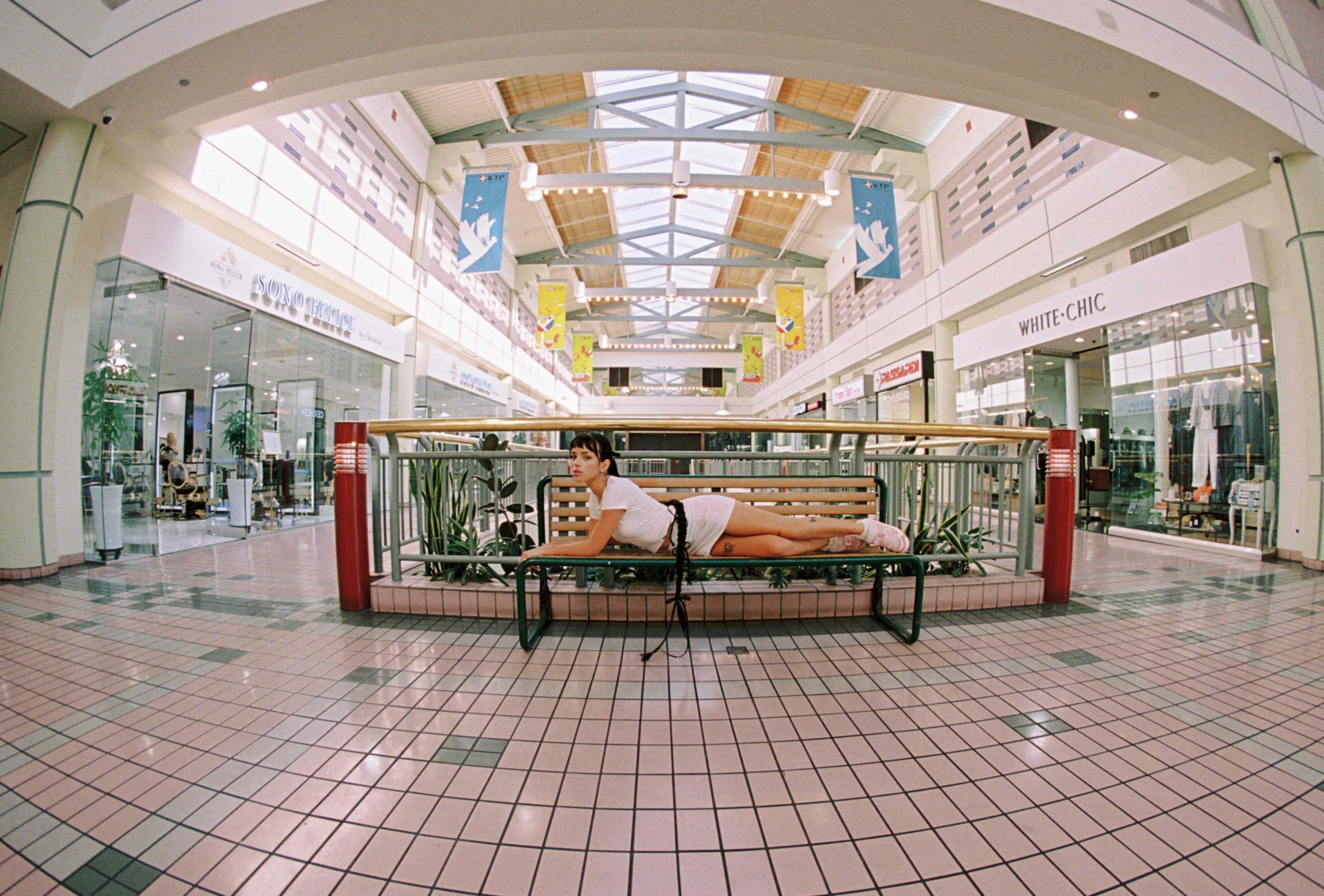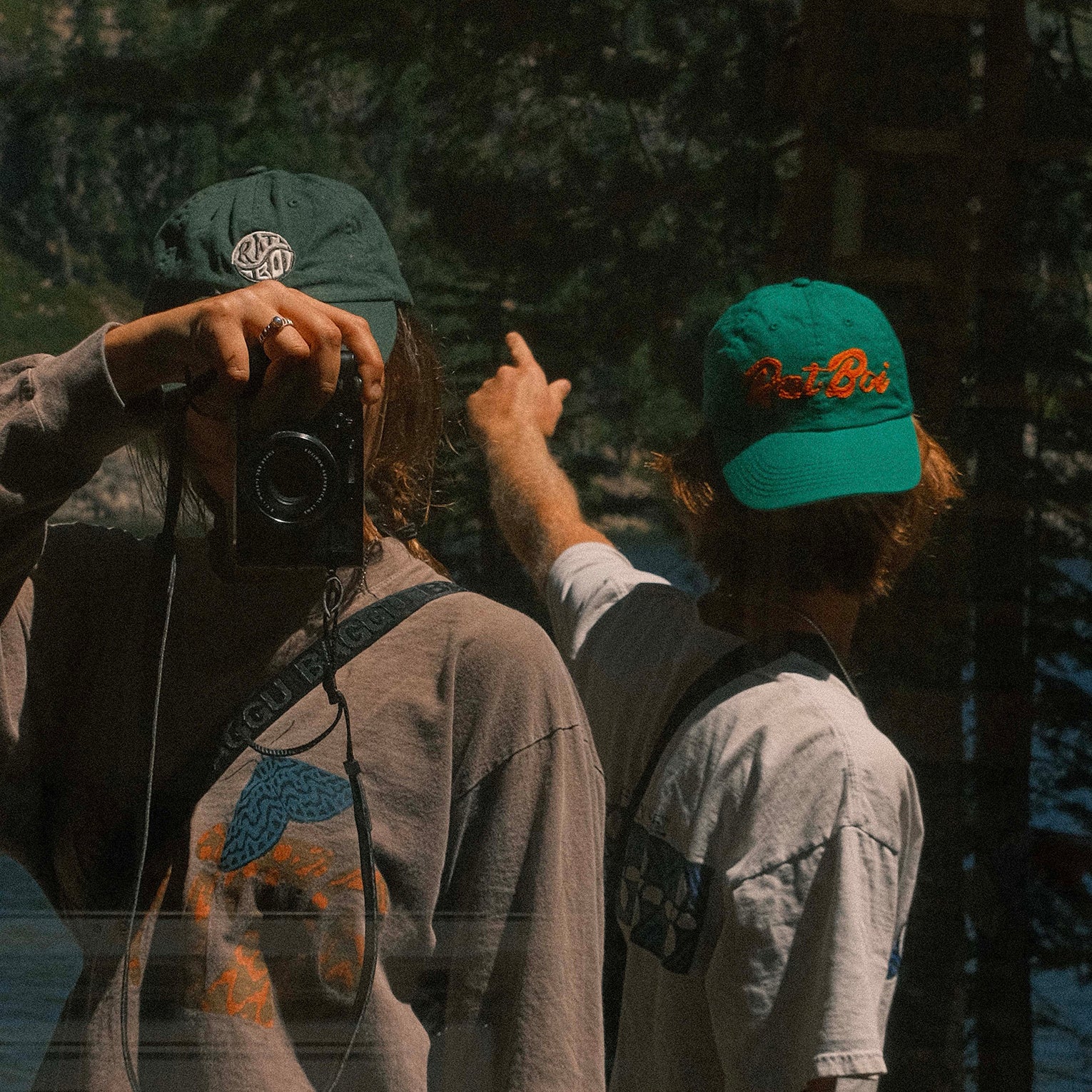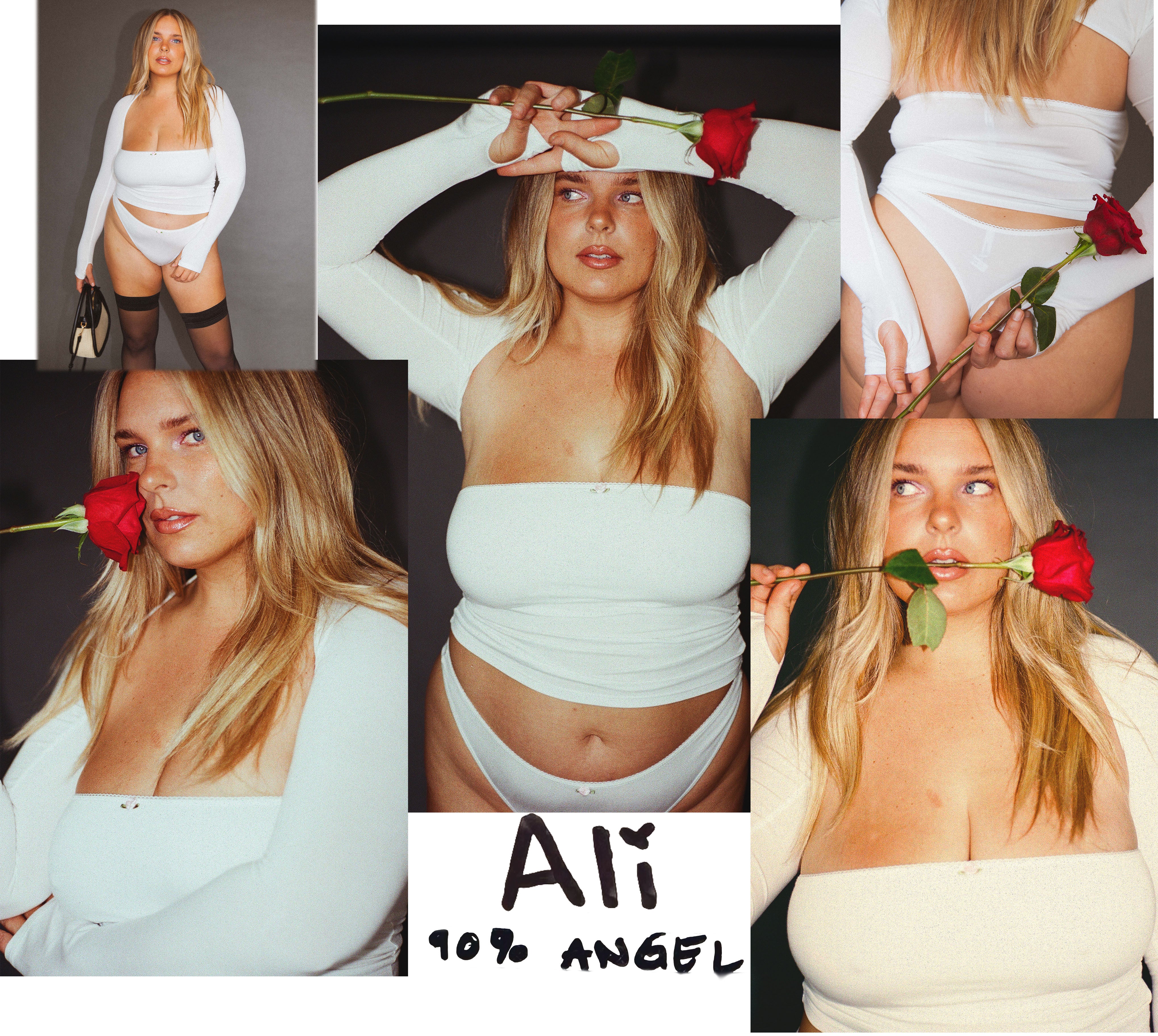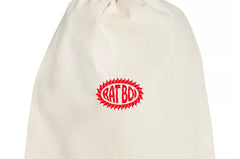
#ratboiU -TODAYS SUBJECT - ETHICAL SHOPPING 101
WASTE LESS, WEAR MORE.
What exactly does this mean? In a world dominated by fast fashion where trends are constantly changing, and large brands are releasing thousands of skus daily, it is essential to consider the impact our clothing and consumption choices have on the planet and it’s people.
Since the 1990s and onward, the prevalence of fast fashion has surged in developed countries, providing consumers with the option to purchase inexpensive styles at a fraction of high end designer prices. Clothing producers have established this model by depending on hidden costs such as low cost labor, and utilizing inexpensive materials often times containing microplastics. Additionally, the rapid turnover of fashion trends in the fast fashion industry contributes to a culture of disposability, encouraging consumers to discard clothing quickly, further exacerbating the environmental footprint. While there are variations among brands, with some making efforts toward sustainable and ethical production, most fast fashion brands are linked to concealed costs like labor exploitation, environmental harm, and fostering a consumer culture characterized by waste and excessive consumption.
Let’s use an example of the $8 trendy going out top you recently purchased from a fast fashion company. Sure, the up front cost was only $8 for you, but let’s consider the unseen costs of the garment before and after your purchase, and look into what is really supplementing the true cost of that garment. All of the sudden, that top becomes a lot less appealing.
What are some hidden costs in fast fashion production?
This top with a price that seems too good to be true, often times is. One of the biggest hidden costs we see are in the form of unpaid production labor where employees face exploitation, insufficient compensation, and frequently endure unethical, unregulated working conditions. A brand like Shein, for example released company audits of their labor supply chain which included instances of involuntary, or forced labor. Upon further investigation, the wall street journal found that only 36% of Shein’s supply chain was accounted for in these audits suggesting the company is likely participating in concerning labor practices in the majority of their supply chain.
Let’s not forget the effect fast fashion has on our environment. The fashion industry is responsible for 10% of annual carbon emissions and are expected to surge more than 50% by 2030. Fiber production consumes an enormous amount of water, is responsible for 20% of global water pollution. Plus, overseas production requires a large distribution network, contributing to overall climate emissions, all of which cause deforestation, loss of biodiversity, and degradation of our soil. Your $8 top was most likely made of a synthetic material which releases harmful microplastics when washed. Synthetic textiles now represent 35% of all primary microplastics polluting the oceans worldwide, which totals over 2 million tons. The widespread use of polyester (representing 54% of total global fiber production) can be attributed to the affordability of fossil-based synthetic fibers, making them a favored option for fast fashion brands that prioritize cost over other factors. Unfortunately, our planet is making up that difference in cost, and paying a much larger price for your cheap, trending item.
While these first two hidden costs might be easier to ignore, let’s look at ourselves as consumers. Each year, 92 million tons of textile was is created - that’s $183 million worth of clothing going into landfills each year. By 2030, we are expected to be discarding more than 134 million tons of textiles a year. The fast fashion model has trained consumers to chase trends and the guise of “affordability” causes us to believe the clothing we buy is disposable. A couple weeks after you’ve purchased your $8 top, you are ready to donate or dispose of the garment. The sad reality is that regardless of where you take it, it will often end up in a landfill as less than 1% of clothing is truly recycled.
What can you do today?
One thing consumers can do to practice ethical consumption is to first look into the brands they are shopping. What does the supply chain look like? Is there transparency in the production of their garments? While made in LA can seem like a good thing on paper, every facility is different whether it is overseas or here in the USA. I personally have been in many facilities in LA that were not up to our standards in terms of ethics and working conditions. We are proud to be in a regulated, family run factory where sewers are paid fair wages and often post behind the scenes footage on our tiktok.
Another thing we can do is look into the quality of construction and materials used to make the garment. Avoid synthetic textiles, and opt for textiles with a low environmental impact such as tencel, or natural fibers that will stand the test of time. Avoid hopping on a trend and opt for items that you can love for years to come. Doing so naturally limits the amount we consume, and ensures the pieces added to our wardrobe are treasured, and timeless.
On average women wear an article 7-10 times before its discarded. Over the past 15 years, clothing utilization has decreased 36%. Let’s be the generation that works on bringing clothing utilization back up by building personalized clothing capsules and being conscious consumers that vote for change at the bottom line – with our dollar.
YOU, and all college students are the next generation of brilliant minds leading our planet, which is why it is crucial to practice sustainable and ethical habits now. To the future teachers, parents, business owners, medical professionals, engineers, scientists, artists, and leaders, we cannot wait to see how you will innovate, and change our world for the better - the future is bright!
INs and OUTs of 2024 (Rat Boi Edition)
IN...
- investing in timeless pieces
- building a capsule wardrobe
- reducing your carbon footprint
- taking it slow, shopping less, and supporting slow fashion when you do
OUTs...
- consuming trends that will die after a few wears
- hidden costs of fast fashion
- labor exploitation
- polyester
Reliable Resources:
https://cfda.com/resources-tools/sustainability-resource-hub
https://www.commonobjective.co/
https://www.thefashionlaw.com/
https://globalfashionagenda.org/
http://mistrafuturefashion.com/sustainable-fashion/
Sources Cited:
https://www.youtube.com/watch?v=gWotBPtsulo
https://www.ncbi.nlm.nih.gov/pmc/articles/PMC8257395/
https://globalfashionagenda.org/pulse-of-the-industry/
https://wrap.org.uk/resources/guide/textiles/clothing
https://www.vogue.com.au/fashion/news/the-fashion-industry-is-using-up-too-much-water-heres-how-you-can-reduce-your-h2o-footprint/news-story/bdfea09be1ee1f28de0f32bfc10a71d4https://goodonyou.eco/fast-fashions-environmental-impact/
